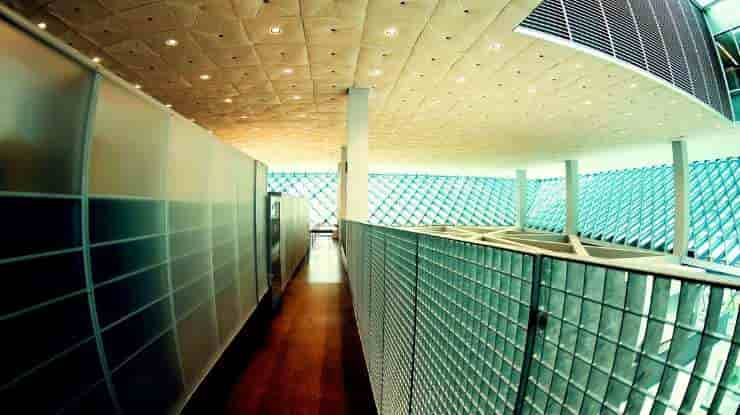Researchers at University of Georgia are closer to understanding why people experience a phenomenon known as boundary extension. Boundary extension occurs when a person takes a look at a scene, looks away and then remembers seeing a more wide-angle view than was actually present.
In a few seconds, the brain helps most people extend the scene beyond what is actually seen.
The concept was discovered in 1989 by scientists at the University of Delaware. They showed study participants real photographs of 20 scenes for 15 seconds and then had participants draw a picture of what they’d viewed. Ninety-five percent of the drawings included information that wasn’t physically present but would have been just outside the camera’s field of view.
This is a phenomenon that has been consistently demonstrated since, but researchers have not been able to describe why it occurs. Associate psychology professor James Brown, and a team of graduate students chose to study whether the use of an abstract image, instead of a photograph, would produce different results.
The researchers found that showing subjects geometrical images on random-dot or white backgrounds had similar results.
Going Above and Beyond
“This study is consistent with many areas of perception, demonstrating the natural tendency for our perceptual systems to go beyond, fill in and extrapolate from the current sensory input,” Brown said. “Here we show this tendency as it relates to scene perception. Even with completely novel ‘scenes’ where we have no experience with or knowledge about them, we still tend to extrapolate beyond what was originally seen when our memory is tested soon after viewing them.”
Someone’s experience with an environment or an object may have much less of an effect than was previously thought on whether or not people remember viewing things through a wide-angle lens.
“The most valuable finding is support for the idea that boundary extension is likely happening constantly during our perception of close-up views of the world, regardless of context,” he said. “We showed evidence that people may be automatically priming themselves with expectations of what lies just outside their current view even with images depicting an unrealistic and abstract setting. This suggests that our familiarity with an environment doesn’t have as much effect on whether or not extension occurs as current theory would have expected.”
Eliciting Boundary Extension
“Subtracting out different pieces of the puzzle—conceptual knowledge of view and object recognition—has helped tease out key characteristics of our ability to make sense of the world visually,” said doctoral student Benjamin McDunn.
For Brown’s team, “the real challenge has been finding different kinds of stimuli that don’t elicit boundary extension,” he said. “Doing so will help establish the parameters of the effect and, hopefully, lead to a better understanding of its causes.”
While researching spatial vision is tricky, Brown said, understanding more about how people see the world is important.
“Boundary extension,” he said, “seems to be strongly tied to our perception of a continuous spatial expanse around us, knowing a given view depicts a truncated portion of the world, a characteristic that is common to all scenes in the real world.”
Original Study:
Seeking the boundary of boundary extension.
McDunn BA, Siddiqui AP, Brown JM.
Psychon Bull Rev. 2013 Aug 7 PMID:23921509
Related Posts:
- The More Familiar a Voice is, The Easier it is to Hear
- What Is The Subfornical Organ
- The Science Of Gambling Fallacies
Last Updated on October 11, 2023
